The 60th Rifles -Cholera at Thayet-Myo by David Roberts
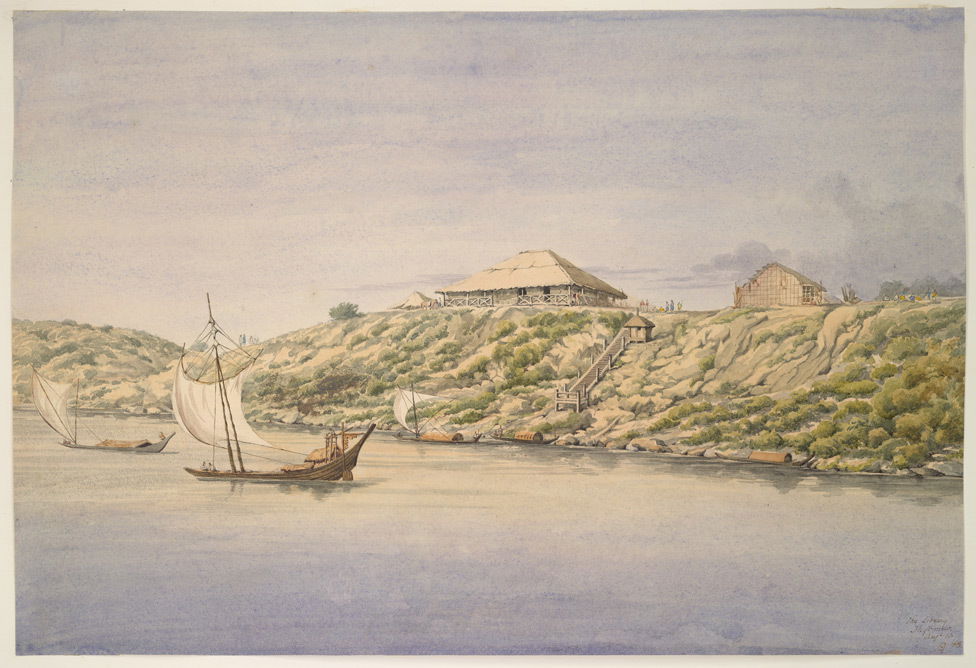
In June 1856, my great-great grandfather James Moorcock left his home in Wokingham, Berkshire and headed for London. Once there he took the “King-s Shilling” and on 28th June in Westminster he attested for the 1st Battalion 60th Regiment of Foot, The King’s Royal Rifles. It was the start of a journey which was to leave him in the middle of a virulent Cholera epidemic in a remote settlement right at the edge of the British Empire.
It is not known whether James set off from Wokingham with the express intention of joining the Army , perhaps he did or maybe he just chanced upon one of the recruiting parties that frequented the public houses of Westminster to convince young men to sign up for the colours. Having attested for the 1st Battalion 60th Regiment at Westminster, he was sent to Dublin and transferred to the 3rd Battalion of the 60th Regiment (3/60th) which was being mustered there. The 3/60th was put on the Indian Establishment ready to sail to India. In short that meant from then on its costs were transferred from the British Government to the East India Company. The 3/60th was still in Ireland when the Indian Mutiny erupted and the British started to send all available troops to India. In July 1857, the 3/60th began assembling at Richmond Barracks in the heart of Dublin ready for the voyage to India, The battalion departed from Kingstown ( Dún Laoghaire) on several ships between 28th July and 8th August 1857 . James Moorcock would then spend the next 15 years of his life in the East Indies.
The 3/60th made the long voyage to Madras around the Cape of Good Hope, reaching Pont Galles in Ceylon ( modern Sri Lanka) in October 1857. By October 1857, the Mutiny had largely been suppressed and instead of being sent north to fight the mutineers, the 3/60th was sent to its originally intended destination, the Presidency of Madras. In October, the men of the 3/60th disembarked the transport ships and were rowed in small boats through the crashing surf to land on the beaches outside Madras (modern Chennai). For around 18 months the battalion was garrisoned at Fort St George in Madras and then set off for an overland march to Bangalore for uneventful garrison duties, In March 1859, they moved again to Wellington Barracks at Jackatalla, a hill station in the Nilgiri Hills. At around 6,100 feet above sea level and with newly built and comfortable barracks, Jackatalla proved to be a fairly healthy posting (by the standards of the time).
In January 1862, the 3/60th was ordered to proceed to British Burma, They sailed from Madras and arrived at Rangoon. At Rangoon the battalion was split in half, the Left half of the battalion of which James Moorcock was part was detailed to procced up river to the remote British Outpost at Thayet-Myo. The British had steadily been annexing bits of the independent state of Burma. After the First Anglo- Burmese War of 1826, British India had annexed the coastal states of Arakan and Tenassarim . Following the Second Anglo- Burmese War, they had annexed the province of Pegu , including Rangoon. Thayet-Myo lay just 12 miles from the frontier with the independent Burmese State.
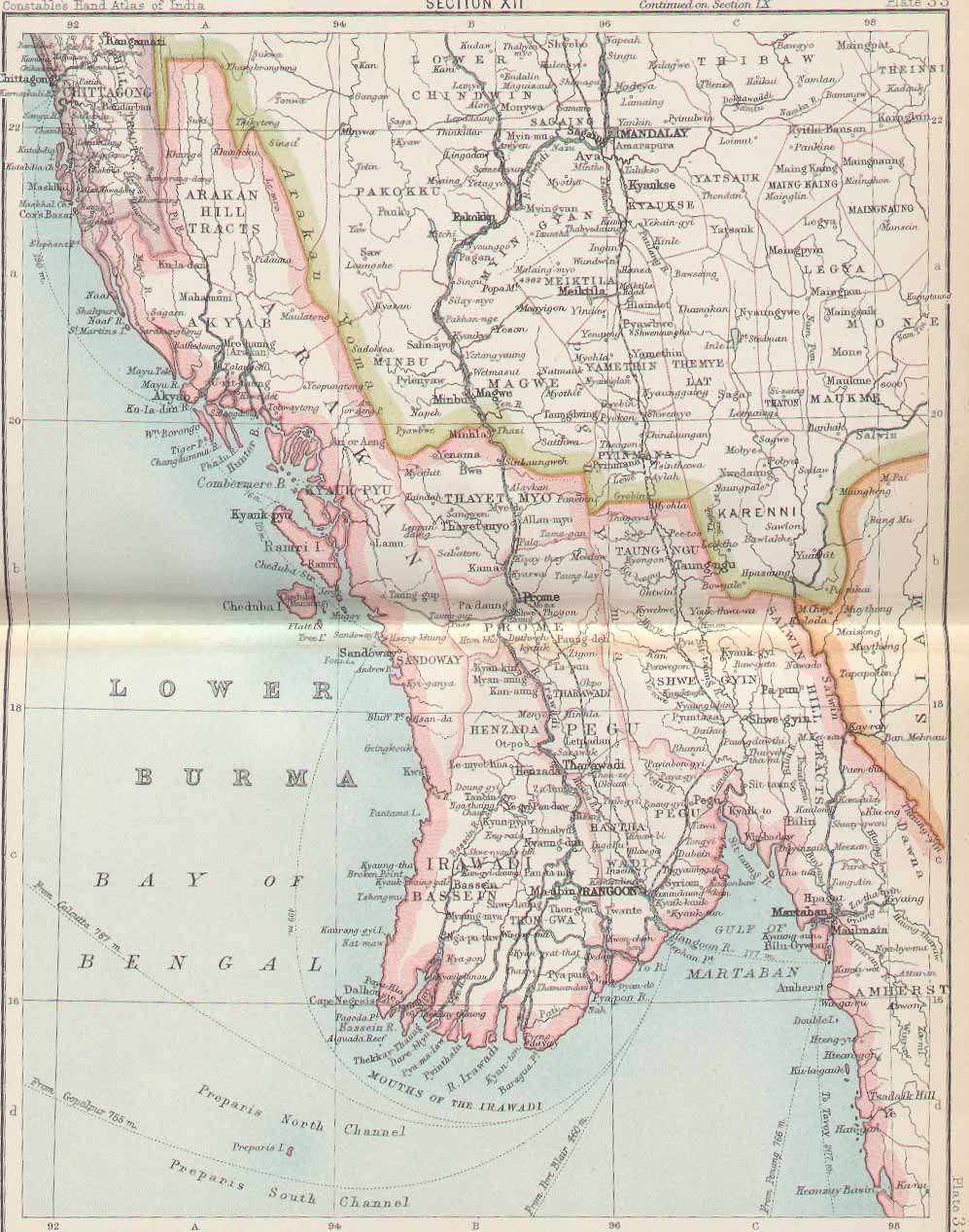
Figure 1- Lower or British Burma, showing the frontier with independent Upper Burma. You can follow the Irrawaddy up river from Rangoon to Thayet-Myo and the frontier.
From Rangoon, the 3rd Battalion went up river in the steamer Lord William Bentinck operated by The Bengal Marine Department. In the absence of any railway system in Burma, the boats were used for conveying mails, Government and private stores and in effecting relief of troops at Bassein and the frontier at Thayet-Myo. The Lord William Bentinck had been built in 1832 by Maudslay & Field in Lambeth. She was a paddle steamer, around 125 feet in length with a single central funnel and would have been capable of about 7 miles an hour up river. The paddles were about 15 feet in diameter with 18 radial floats, each being 5.75 feet long and 20 inches wide. Powered by Maudslay’s oscillating paddle engine, which had been patented in 1827, the boiler would probably have been fuelled by jungle wood, which was readily available rather than coal. With a low draft of only 2 feet, the boat was ideally suited to river transport. Clearly one steamer was too small to carry a half battalion (around 500 men) and soldiers were accommodated on a variety of barges or flats towed behind the steamers. These were simple flat bottomed boats made of iron with a wooden superstructure with planked side-walling about 144 feet in length and 25 feet in width, designed to be towed by up-river by the river steamers.
The voyage from Rangoon to Donabew took around 26 hours. Every so often there was a break in the green of the jungle as the boat passed by riverside villages where the children ran down to the river bank to see the steamer passing by. Some of the children splashed out in small boats, dicing with the perils of the wake left by the steamer. From the boat, the passengers would see local herdsmen riding on the backs of their buffaloes, everywhere there was evidence of logging, logs stacked by the village, rafts of logs floating in the river. On the river bank was evidence of other local crafts, the yarn spinning and racks of fish hung out to dry. Donabew, was a fair sized settlement, with many boats anchored off the bank, quantities of stacked wood where everywhere in the neighbourhood of the river. The principal trade was in salt-fish, ngapee, a condiment made of preserved fish, universally eaten by the people of Burma mixed with rice , and much in demand.
From Donabew to Henzada took another 12 hours, with few variations in the scenery, always the same thick fringe of foliage followed by occasional sandy beaches or mudflats. Henzada was a desolate place some two or three miles from river, so there was not have been much to see there during the evening halt. Past, Henzada the scenery changed, the monotonous fringe of tall grass, was replaced by pretty woodlands. This was where the river left the low flat country of the delta, and entered the upper region of woodland and fertile plain. The dim range of the forest and jungle covered Arakan Hills could be seen more clearly The river, although still mud- coloured from the silt, glittered pleasantly in the morning sunshine; with its surface as smooth as glass and the shadows of the trees imparting a greener colour to the stream.
Everywhere on the river there were rafts of logs, fishing boats, canoes and bamboo rafts There were also typical Burmese Rice boats, built from a single hollowed out log and steered by a large paddle at the back the cabins were made of mat and bamboo Such boats went upriver under simple sails and came down with the current., carrying cargoes of paddy, earth-oil, and salt-fish; with perhaps a little opium smuggled by traders into various places on the river. These boats were about thirty feet long and eight feet broad, made out of solid logs of teak; at the stern an exaggerated arm-chair was fixed where the steersman sat. He directed the boat by means of a paddle, very much resembling a spade with a long handle.
It was another six or seven hours up river from Henzada to Prome which was reached late in the afternoon. Here the river was almost shut in by forest and mountain ranges. Prome was the most civilized stop since Rangoon. There was a pleasant walk on the top of the bank which hangs over the river, with seats for the European residents. On the hill above the river was the gilded Shwe San Daw Pagoda, built to enshrine hair relics of the Buddha. The pagoda was reached via a covered walkway leading up a palm-fringed hillside. The spire was visible beyond the ascending line of tiered roofs known as "pyatthat". The roofs were richly ornamented with carved wooden flame-like finials, characteristic of Burmese royal and religious architecture. In the foreground were two massive stone leogryphs or chinthes flanking the entrance, mythical animals half-lion, half-griffin, they were the traditional guardian figures of Burmese temples. After an early morning start from Prome, it was a further six or seven hours to Thayet-Myo.
In 1862 Thayet-Myo was a frontier town, close to the frontier with Upper Burma and the last place of any importance within British territory. The town had a population of around 10,000 and was entirely a creation of British rule. Situated on high undulating land on the river bank, the site was dry, gravelly and supposedly healthy. The cantonment was neatly laid out, and presented quite an English appearance. To the north of the cantonment on the bank of the river was a small fort, which had lately been improved and strengthened.
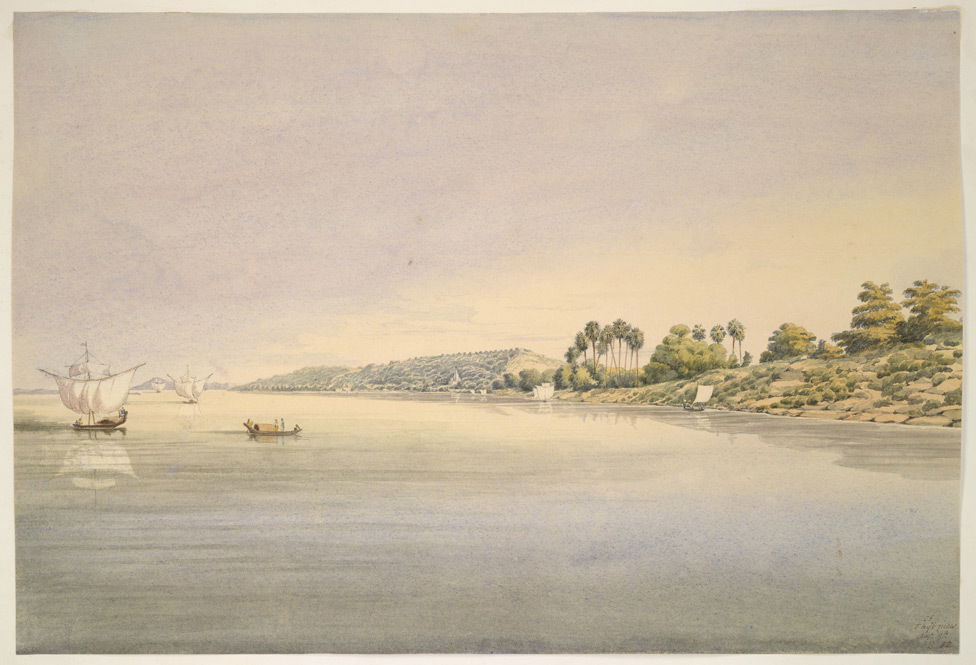
Figure 2 Watercolour with pen and ink of a view, seen from a steamer, of the Irrawaddy River at Thayetmyo in Magway from 'A Series of Views in Burmah taken during Major Phayre’s Mission to the Court of Ava in 1855' by Colesworthy Grant. (British Library)
The strength of the military force had varied over the years usually consisting of a field battery of artillery, a wing of a European regiment and a native infantry corps all on the strength of the Madras Presidency. At the time the 60th Rifles garrisoned Thayet-Myo, also present were G Battery 23rd Brigade Royal Artillery and some 750 men of the 5th Madras Native Infantry. The typical strength of a Field Battery in India at that time would have been around 150 plus native followers, with six nine pounder guns. The members of the Battery included a considerable number of native artificers, drivers and grass-cutters, together with a “Conservancy Establishment” of puck allies, bheesties , sweepers and bildars who were employed in scouring drains, removing rubbish and refuse and keeping the ground in the vicinity of the barracks, lines and cantonments clean.
Thayet-Myo had been chosen as a healthy location for European Troops. Rainfall was considerably less, and the extremes of heat and cold were more marked than at Rangoon. The wet season was close, damp, and warm, with a comparatively low temperature range; in the dry season the temperature range was much greater, but cool nights compensated for the excessive heat of the days.

Figure 3 Watercolour with pen and ink of a view of a thatched building used as a library on the banks of the Irrawaddy River at Thayet-Myo by Colesworthy Grant.-British Library
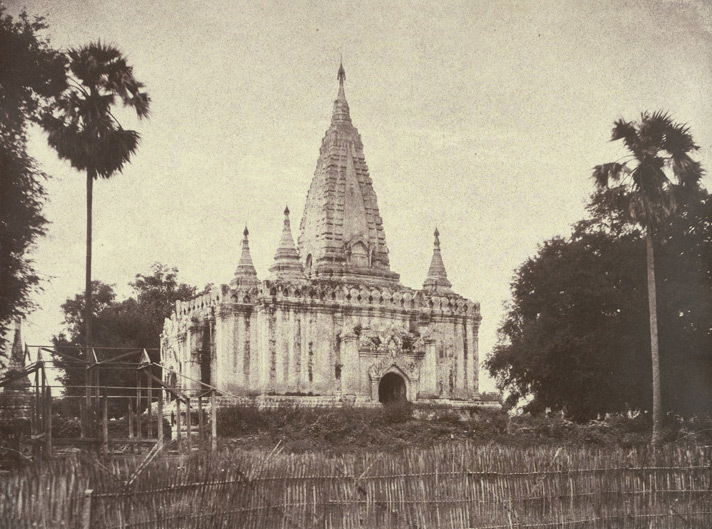
Figure 4 View of small pagoda outside the cantonment of Thayet- Myo. Taken in 1855 ( British Library)
In 1858, James Lancaster Ranking , then Sanitary Officer reported that Thayet-Myo possessed and in many natural advantages for the health of troops. The ground was high, and undulating, the soil generally light and absorbent, consisting of sands, gravel, and loose sandstone rocks. Water supply was abundant, partly derived from the river, and partly from certain wells, from which good quality drinking water could be obtained. There were also disadvantages. Specifically, tracts of low land were periodically subject to inundation by the river and were thus potential sources of malaria. The water derived from the river, and from which the European troops were supplied was, at certain seasons, (from January to May) contaminated and rendered unfit for use. Ranking warned that the factors above were indicative of future problems if not addressed. The water from the river after filtration, was for most of the year unobjectionable, but from January to May, it was unfit for use. A bank of sand extended the whole length of the front of cantonment, enclosing a stagnant pool; debris of roofing grass, rubbish, and other vegetation were thrown in or near the water ; and lastly, the river was used for clothes washing by a colony of dhobies. Another point of concern for Ranking was the habit of depositing all the refuse and debris of repairs of barracks and other buildings on the waste lands and outskirts of cantonment
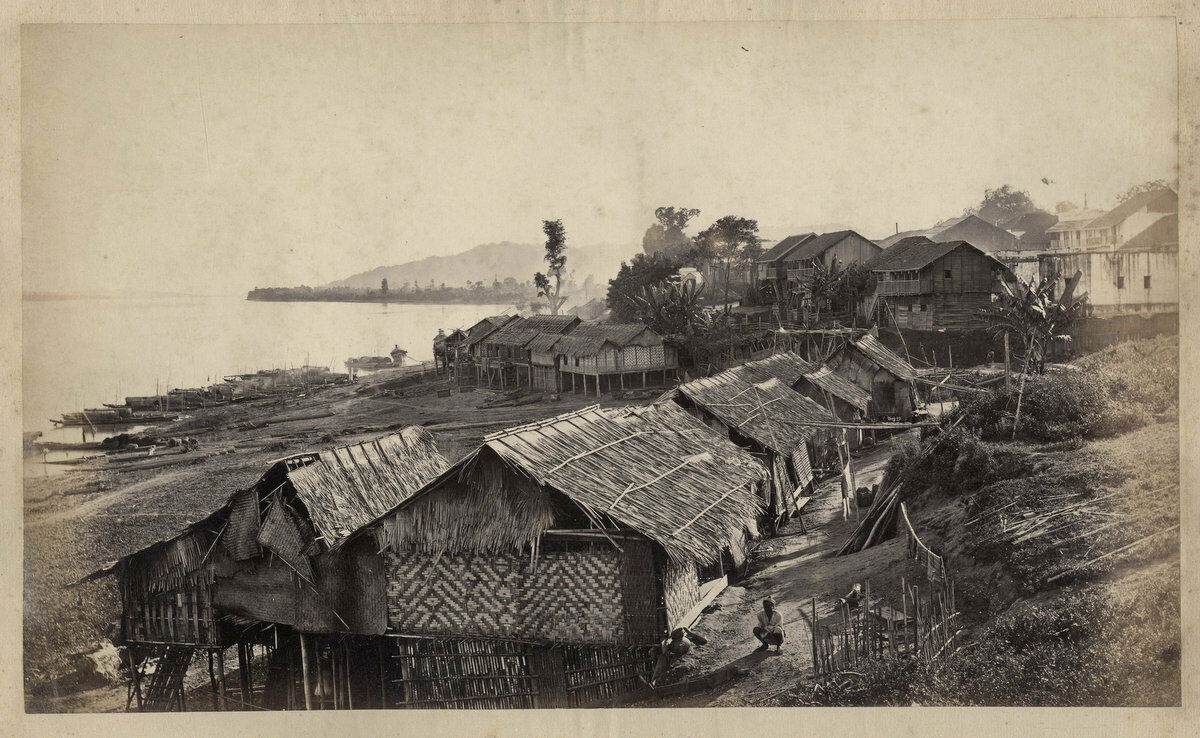
Figure 5 Typical scene on the Riverside at Thayet-Myo.
Ranking observed that at Thayet-Myo , parading troops and keeping them standing on wet ground was a prolific source of sickness, and should be avoided, especially early parades in the cold season. He suggested that no parades take place before 7am; and that no soldier left his barracks before the first bugle. In fact during the cold season and where rain had fallen after midnight the morning parades should be discontinued altogether, and held in the evening instead.
Ranking observed that there was little amusement and recreation for the European soldier at Thayet-Myo with littler encouragement for outdoor sports. Commanding officers should be urged to encourage, not only the formation of regimental (cricket) elevens, but every company should have its eleven. Every other sport allowing healthy exercise in the open air, at such periods of the season and day, when exposure will not be prejudicial, should be actively encouraged. He believed that compulsory confinement of the European soldier to in crowded barrack rooms during any portion of the day was to be avoided. Finally, he noted that intemperance was common in the Artillery, who also had a marked disinclination for outdoor sports. He recommended a ban on the sale of spirits in regimental canteens, instead allowing an extra quart of beer or porter to be taken.
Apart from just being there as a symbolic British presence, there were few military duties at Thayet-Myo to relieve the troops from boredom. Occasionally detachments of the 3/60th accompanied the Pegu Police on patrol since the area was rife with Dacoit bandits who infiltrated across the frontier from Burma and raided the villages of the frontier area. In August 1862 a patrol of the 60th Rifles accompanying Lieutenant Hughes the Assistant Superintendent of Police was feared missing after being waylaid by bandits but eventually reappeared.
Despite the supposedly healthy location Illness was common amongst the men of the 3/60th at Thayet-Myo. The most common diseases were paroxysmal fevers, dysentery, diarrhoea and rheumatism. Boils and pustular eruptions were common to Europeans especially on first arrival and though never serious were troublesome. In 1862 the average strength of the half battalion was 543 men, of whom 14 officers and men died during the year. Matters got far worse, for on 21st April 1863, there was an outbreak of cholera.
Cholera most likely had its origins in the Indian subcontinent as evidenced by its prevalence in the region for centuries. The first cholera pandemic occurred in the Bengal region of India, near Calcutta starting in 1817 through 1824. The disease dispersed from India to Southeast Asia, the Middle East, Europe, and Eastern Africa, quite possibly thanks to the movement of British Army and Navy ships, since the ships carried people with the disease to the shores of the Indian Ocean, from Africa to Indonesia, and north to China and Japan. The second pandemic lasted from 1826 to 1837 and particularly affected North America and Europe due to the result of advancements in transportation and global trade, and increased human migration. A third pandemic erupted in 1846, persisted until 1860, extending to North Africa, and reaching South America, for the first time specifically affecting Brazil. In 1854, the physician and pioneer medical scientist John Snow (1813–1858), found a link between cholera and contaminated drinking water. In his major "state of the art" review of 1855, he proposed a substantially complete and correct model for the cause of the disease, demonstrating that human sewage contamination was the most probable disease vector in two major epidemics in London in 1854. His model was not immediately accepted, but it was seen to be the more plausible, as medical microbiology developed over the next 30 years or so.
Cholera had been occurring sporadically in parts of the Pegu Province and since November 1862, there had been cases along the length of the Irrawaddy from the delta to Thayet-Myo. Although, there had been isolated cases among British soldiers, there had been no epidemics, like the one that hit the 3/60th at Thayet-Myo between 21 April and 16 May 1863.
The outbreak at Thayet-Myo apparently started in 3 Company of the Battalion occupying barracks Number 1 and 2, with barrack No 1 being closest to the river. A further nine barracks ran to the North West, being occupied by 6, 7 and 8 companies. The majority of cases, 20 out of 26 arose in these barracks, while only six arose in 10 Company and among the men of 6 Company who had been moved from the riverbank. The Artillery stationed in the redoubt well away from the river suffered no cases. The outbreak was, therefore, largely confined to a narrow tract of land running up from the river. A few cases of cholera of a virulent nature occurred in January 1863 but no further cases occurred and there was some optimism that the year might be free of the disease.
When the disease appeared the men were evacuated from the worst afflicted barracks and the men from No 3 and 10 Companies were moved under canvas. Unfortunately there were insufficient tents available to march the battalion further from the area. No 6 Company was accommodated in the Redoubt, while the band was accommodated in a local house hired by Colonel Roe. All the huts and the hospital were sanitised with the fumes of coal tar and other disinfecting agents and where possible the buildings were white washed and all the accumulations of old thatch and bamboo were destroyed. The barracks remained unoccupied until the epidemic had died down and the men began to grumble about being kept in tents and godowns. Throughout the outbreak Colonel Roe and the officers were energetic in doing everything conducive to help with the health of the men, and were at the hospital day and night endeavouring to cheer the survivors with words of kindness and hope. One of the problems was with men who had symptoms suffering in the barracks and not coming forward quickly enough for treatment, so the men were inspected twice daily and any found showing early symptoms were forced to leave the barracks for the hospital.
At first death came rapidly to the victims , frequently within hours of severe symptoms being exhibited and there was little time to arrange for any treatment, but gradually with isolation of the sick and distancing of the healthy, the situation began to improve. The treatment consisted principally in the administration of chloroform combined with opium, stimulants and nourishment in the shape of brandy, wine, beef tea and chicken broth. Cramps were relieved by the application of morphine.
38 people were afflicted of who 21 died, including 2 officers, 17 men and 2 women of the battalion. Among the casualties was an officer of Canadian origin, Captain Robert Morris Hazen. On 21st May 1863, after the epidemic had finished Major James Fraser also died at Thayet-Myo aged 40 years old. It seems that the officers suffered proportionally more fatalities than the men. With five Companies in a half battalion of some 540 men, there would have been the Lt Colonel commanding, a Major, five Captains and around 10 Lieutenants/ 2nd Lieutenants at the most. Say around 17 officers in total. Two dead officers from that number would be a mortality rate of around 12 percent, compared to around 3.5 percent for the men. Perhaps this reflects the fact, that while the men remained confined in barracks, the officers in performing their duties were moving around the camp more and potentially being exposed to more sources of infection.
The dead included Dr George Pennington Sparrow, the Surgeon who passed away on 1st May 1863. He died of fatigue and the effects of cholera, passed away after a few hours suffering. Sparrow had been with the 60th Rifles for many years, going back to their times in South Africa in the 1850s. The heroic efforts of Sparrow and his assistant surgeons McTavish and Griffiths in trying to fight the disease were mentioned in despatches to the Commander in Chief . McTavish was a native of Argyleshire born in 1836 had served as Assistant Surgeon with the 3/60th at Jackatalla before being appointed to the 72nd Highlanders, he had returned to the 3rd Battalion on 29th July 1862. Griffiths was the Assistant Surgeon of G Battery, 23rd Brigade RA. Also providing significant help was Surgeon Major Robert Sutcliffe of the 5th MNI who was in overall medical charge of Thayet-Myo. As a result of the heroic doctors and the containment measures put in place, the cholera subsided rapidly after that and was over by 16th May.
The source of infection was never fully established but at the time, the river level was low and had exposed a large quantity of decaying organic matter to the elements. Sometime after the outbreak, the Acting Deputy Inspector of Hospitals E. G Balfour visited Thayet-Myo to prepare a report, he attributed the outbreak mainly to the atmospheric conditions, to some extent these may have been exacerbated by diet, impurities in the water supply and the disturbing of the old thatch and bamboo when the barracks were repaired in April. Most likely the latter part of his theory was more accurate. Attributing diseases to bad air was fairly common at the time and since Jon Snow’s discovery of the microbial connection to cholera, was still not well so known or indeed widely accepted, Balfour cannot really be blamed for following the perceived wisdom. Later in his report, Balfour identified that the first cases in 3 Company occurred among a party of four men who had feasted on a village pig accompanied by green mangoes. In fact, unwashed mangoes, or indeed mangoes washed in the contaminated river water sound a pretty strong bet for the source of the outbreak. Ranking’s predictions about the water supply some years earlier turned out to have been fairly accurate. Another aggravating factor, seems to have been the late admission of many of the men to hospital and failure to isolate the sick. Balfour mentions that many of the men had been suffering from diarrhoea, cramps and vomiting for some days and had remained in the barracks. In some cases men were found lying in their barrack room beds, vomiting and purging and had to be forced to go into the hospital. Regular inspections were started and men presenting symptoms were sent to the hospital before it was too late. As mentioned previously the men were dispersed from the barracks along the river bank because of the supposed bad air, and moved into more spacious quarters. So they did the right thing in encouraging greater distancing between the men, even if for perhaps the wrong reasons.
Balfour notes that of the 748 Native soldiers of the 5th Madras Native Infantry, not a single individual suffered. Of the 602 British in the cantonment, at least 36 contracted the cholera and 21 died. So the native troops benefitted from their spatial separation from the British troops. Of the substantial, but undocumented native camp followers living in the British encampment, only 8 contacted the disease. Apart from the spatial separation, maybe something else was a work. Recent studies have confirmed a strong link between cholera and the human blood group type O. The blood group does not necessarily affect the risk of being affected by cholera, but has a great effect on the disease severity. In an outbreak in Peru in 1991, individuals with blood type O were eight times more likely to be hospitalised with severe cholera than others. The association between blood group O and cholera has also impacted on evolutionary history, the lowest incidence of blood type O anywhere in the world is the Ganges delta where Cholera has been endemic for centuries. Not surprisingly, if most people with blood group O died before they could pass on their genes. At a broad level 47% of British people have Blood group O, whereas only 29% of Indians have that blood group. Given the not inconsiderable number of recruits into the British Army from Ireland, that fact that Ireland has an even higher rate of blood group O at around 52% might also be having an effect. Of course, nobody got to analyse the bold groups of the dead soldiers, but it is not totally surprising that the British suffered much more severely from the epidemic, than the better adapted native troops and camp followers.
As a footnote, having survived the Cholera epidemic at Thayet-Myo, James Moorcock was nearly shipwrecked the way back. In November 1865, the Battalion was ordered to return to Madras. This was despite the protests of the local military authorities who pointed out the cyclones prevalent at this season risked the loss of the vessels and risked the lives of all on board. The Battalion embarked at Rangoon in two sailing ships, the Star of India and Devonport. HQ and the Right Wing sailed on the Star of India on November 17th in fine weather. James Moorcock was on the Devonport with the left wing of the Battalion under Major Thomas Briggs. They had left Rangoon on 11th November 1865 in order to pick up a detachment from Port Blair in the Andaman Islands. At 5pm on the 20th, the Devonport sailed out of Port Blair harbour and helped by a strong fair wind had actually reached the Madras Roads about 11 on the 24th. However, heavy surf prevented the landing of the troops. By 8 am on the 25th the situation had worsened and unable to land Captain Lodwick the commander of the Devonport, slipped anchor and stood out to sea. The 60th Rifles were lucky to have a veteran Captain Lodwick in charge of the ship, he had gone to sea when he was only 11 years old and had made many voyages carrying troops to Mauritius, Rangoon and Port Blair gaining a great knowledge of the Bay of Bengal. In 1863 he had survived a terrible cyclone off the Cape of Good Hope and bought his ship safely into harbour. If there was any Captain with a chance of running the storm it was Captain Lodwick.
The weather continued to worsen and by 5.30pm on the 25th most of the sails were furled. By 8pm a gun got lose, badly injuring a soldier. At midnight the main topsail; was blown away, followed immediately by the mizzen and the fore top sail. At 2 am on the 26th Captain Lodwick was forced to advise Major Briggs that the “the situation was one of imminent danger”. With the masts gone, the ship then became unmanageable, and for several hours the sea broke over her, flooding the poop cabins and carrying away everything that wasn’t fixed down. The vessel was in imminent danger of having a hole knocked in her timbers for some of the wreckage hanging over the side. The ship’s crew refused to on deck to go on deck to cut away the wreckage but in the end Ensign Henry Lindesay, an officer with only two years’ service insisted on doing so. After brief instruction and accompanied by only a couple of riflemen and a single sailor, Ensign Lindesay succeeded in clearing the wreckage and undoubtedly saved the ship and the 500 souls thereon. However, the Devonport was still not out of the woods and was literally sinking with over 7 feet of water in the troop’s quarters. Riflemen ceaselessly manned the pumps, however, waves continued to crash over the ship meaning that little progress could be made. At last by the 27th the storm began to subside and those rifleman who had carpentry skills lashed a jury mast and made emergency repairs. Following a final fright in the shape of a near miss with another vessel, the ship limped into the Madras Roads again on December 8th.
Having survived the Cholera and a near shipwreck, the 3/60th served at Madras for around two years before being sent to the hill-town of Bellary for another couple of years. They were then sent to Aden on the Arabian Peninsula for around a year before returning to the United Kingdom, via the Suez Canal on the steamship Serapis. They landed at Portsmouth on 22 December 1872.